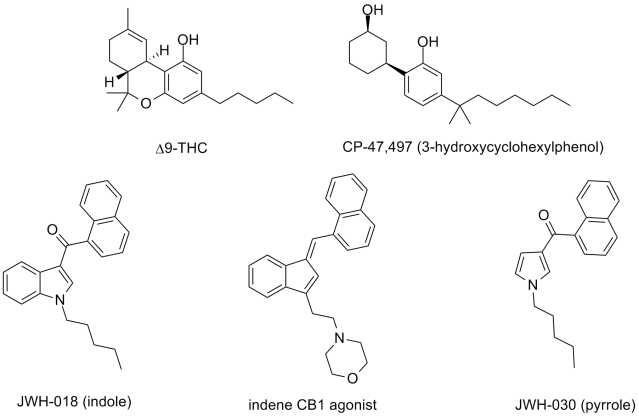Ben Goldacre writes the Bad Science column for the Guardian newspaper in the U.K. and mostly he writes about pseudo-science because, as he puts it, “pulling apart bad science is the best teaching gimmick I know for explaining how good science works”. He has just put out a book called Bad Pharma, putting the foreword on his blog, an excerpt appeared in the Guardian and he put up a video of a TED talk he gave. So he is getting it out there.
The book, as a brief summary, takes the pharmaceutical industry to task for its clinical trial practices, wherein it skews the trials to favor their candidate, hides the results of unfavorable trials, covering up side effects and persuading doctors to prescribe their drug once it comes to market with misleading data published in industry sponsored journals. The game is rigged in favor of the big companies who then rake in the enormous profits.
Some people dispute this claim and John LaMattina put up his own take on the book and its contents.
So before my comments, my disclaimer. I suppose I am one involved in the pharmaceutical industry , though I have never worked for one directly, working for a industry contractor on research projects for several years, but these days I am more an interested observer, as I am at a non-profit research institute. I am also not by any means an expert on how clinical trials are run, exactly how things get approved for use or indeed very much at all about the ins and outs of the process. But I have a general idea.
Now the pharmaceutical industry have not done themselves any favors here. They have done all the things that Dr. Goldacre accuses them of, but the blanket statement that the whole industry is out to trick doctors and patients into taking their drugs is extreme to say the least. Pharmaceuticals in various forms have improved the lives of millions of people, saved them from death. Drug candidates are carefully vetted for efficacy and safety – more and more these days as there are so many treatments already available. Clinical trials are not just run against placebo but for approval, drugs need to show an improvement over a standard treatment. In short, that the system is occasionally circumvented does not mean the system does not fundamentally work.
If you look at it from the pharmaceutical company’s view, you can see why these sorts of things happen. Projects begin because there is a medical need for a treatment – essentially a gap in the market. So scientists work to come up with something that will meet that need. But the process of working that out is long and difficult and so many things can go wrong along the way. Worse still, the further along the path you get the more expensive the next step. A phase I failure is a disappointment for sure but it is a minor inconvenience compared with a late stage Phase III failure. Drug development is a high risk venture and there is no pay-off without a final marketable product. So at a certain point, the aim becomes the finish line of FDA approval. Anything that can lower the obstacles in the way would seem like an obvious route to take. Far from the drug companies preying upon the vulnerable and pushing through drugs that should not be, they suffer some dramatic failures – ask anyone in the Alzheimer’s field. Indeed if the system is set up to favor the drug companies, why is there so much talk of the barren drug pipelines and lack of new drug approvals? Pharmaceuticals have always been a high risk high pay-off investment but the risk seems to have risen and the prospect of a big pay-off seems to be receding.
Interestingly, as I was writing this (and re-writing it – curse that wordpress log-off), I came across Matt Herper’s post on Glaxo’s greater clinical trial transparency. This shows two things to me: firstly, that the pharmaceutical industry is aware of its image problem and are prepared to do something to counteract that perception. But also, that there are the problems talked about by Dr. Goldacre, with prominent doctors paid to talk up a new drug from GSK or pushing unapproved uses. That they are taking steps to reassure the general public can only be a good thing.
Quick addition: Ben Goldacre posted his response to GSK’s proposal and he voices some doubts about whether they will actually go through with it.

